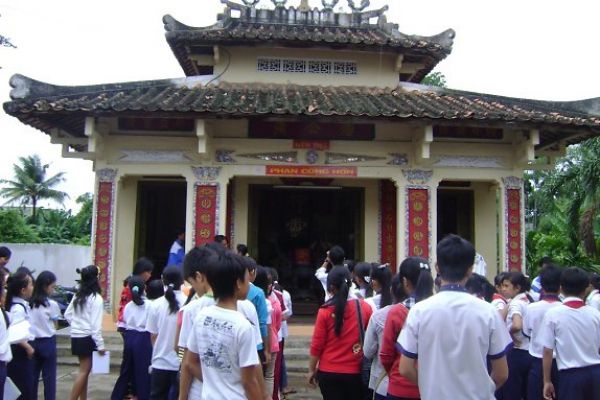Annually, Vietnamese children honor their parents and try to help the lost souls of their ancestors find their way back to earth.
“MuaVu Lan” is closely connected to the Asian tradition of ancestor worshipand filial piety. It is also known as the Buddhist holiday, atraditional event in praise of motherly love held solemnly once a yearin Vietnam.
What does the legend really mean?
Thelegend behind the festival dates back to the earliest of Buddhism. Oneday when he was meditating, Muc Kien Lien, one of the Buddha's tenprinciple disciples, saw his late mother suffering the tortures ofhell, condemned because of the evil deeds she had committed during herlife.
Hesaw that his mother was starving, but she had nothing to eat but fire.Muc Kien Lien summoned all his spiritual powers to bring her a bowl ofrice - but the food was burnt to ash before she could bring it to hermouth.
Whenhe arrived back in the physical world, he asked for the Buddha’sguidance to help his mother and fulfill his duty as a pious son. TheBuddha advised him to collect a gathering of monks and devotees and getthem to pray together on this day (which this year falls on August 15in the Western calendar).
Thecombined prayers proved to be so powerful that they achieved therelease not only of Muc Kien Lien’s mother, but also for countlessother souls. Ever since, on the festival of Vu Lan - Wandering Soul’sDay- the gates of hell are believed to be thrown open to give thetormented souls 24 hour holiday.
A solemn sharing
“MuaVu Lan” is believed to be the spirit month in Vietnamese culture as away of honoring the dead. On this day, souls are believed to return totheir former homes.
Fromthis assembly, many Buddhist countries developed the custom of offeringfood, clothing and other items to hungry spirits in the month when therealms of Heaven, Hell and the living are open.
Theobject of this ceremony is to feed the hungry ghosts and to pray fortheir salvation. This ceremony is a way for people to meet theircompassionate filial duty. During the ceremony, offerings are made torescue up to seven generations of ancestors from whatever misery theymight be suffering. During the month, every family can choose a day topresent a feast and burn joss paper and incense in front of the houseto invite the spirits to eat.
Themost distinguished feature of the ceremony is the “offering snatching.”After the incense burns down, the neighborhood children are allowed tograb the food. No one will stop them as it is believed the spirits maybe angered if they do so. The ceremony is also a great chance forpeople to express their gratitude to their parents.
Onemore tradition of this day is for people – Buddhists and non-Buddhistsalike – who wish to express their gratefulness and appreciation towardstheir mothers, to go to a pagoda, often wearing a rose. Thousands ofpeople flock to pagodas wearing red roses if their parents are alive orwhite roses if their parents have passed away. The rose has been asymbol of love and sharing among parents and their children regardlessof social background.

Modern view
“Thisfestival is a chance for guilty homeless spirits to be pardoned. Peopleworship ghosts and release animals, such as birds or fish,” said MyNgoc, a university student living in Tan Binh District, Ho Chi MinhCity. I am going to the pagoda this year to pray for my mother becausewe are miles apart. My mother is living in my hometown in the centralprovince of Binh Dinh. I always think of her,” Ngoc said.
“Althoughnowadays the youth live faster and are becoming more unfamiliar withtraditional values, they still deeply love and respect their parents,”visitor Duc Phong said as he strolled around Vinh Nghiem Pagoda, themost famous Buddhist temple in Ho Chi Minh City. “That’s why manyyoungsters visit pagodas and present their parents with flowers on thisday,” Phong said.
VisitorMinh Thuan said: “The festival is no longer exclusively for Buddhistsbut an occasion for everyone to express their love to their parents.This cultural trait has not faded over time but become more and morediversified.”
The diversity of “Mua Vu Lan” can be seen throughout the country with many different activities.

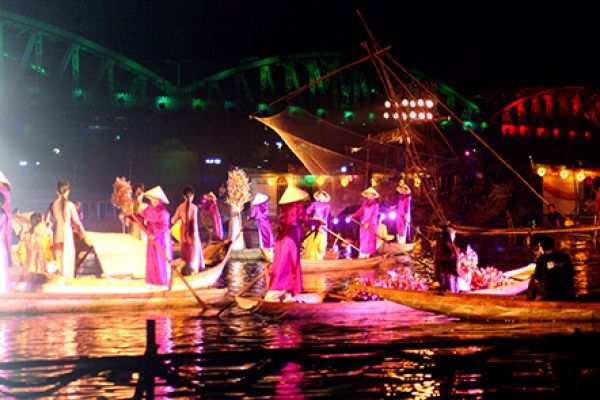

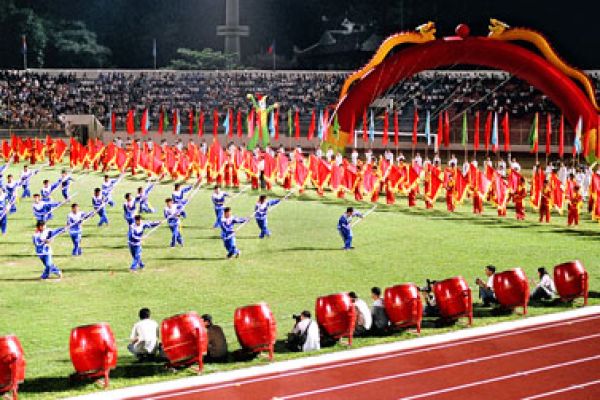
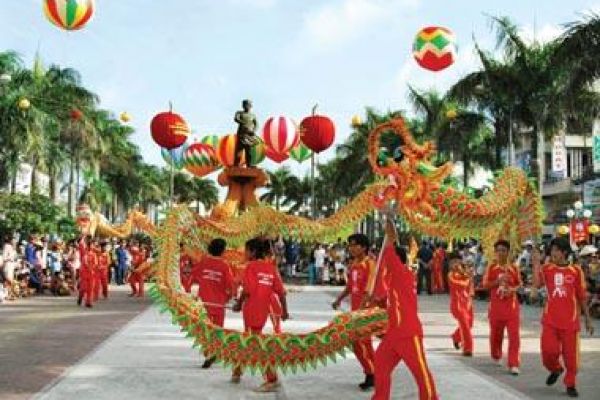
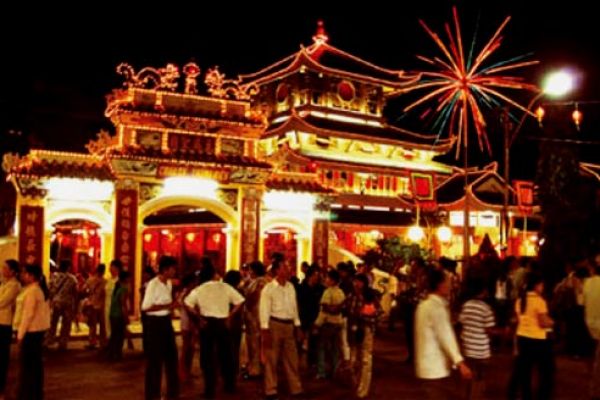
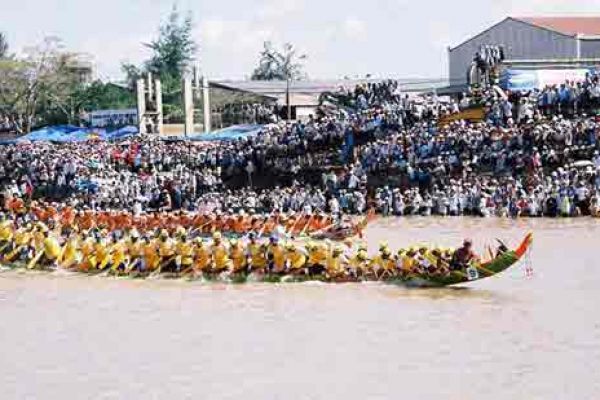

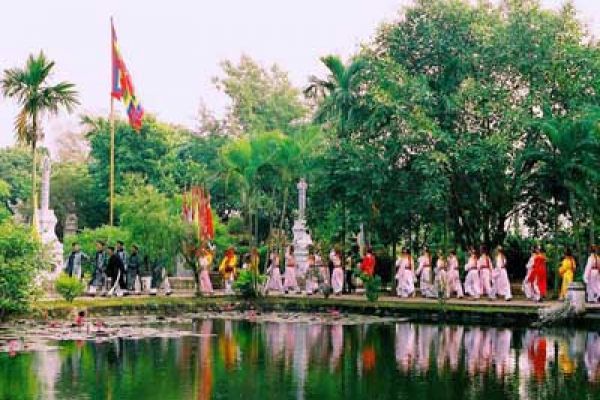


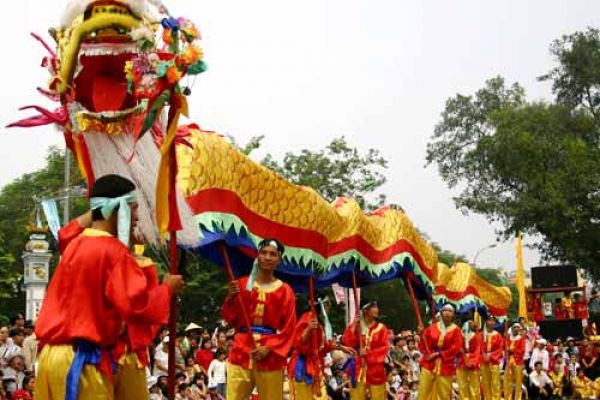
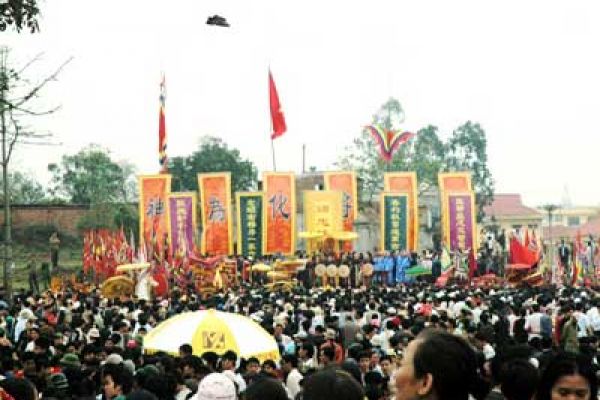
.jpg)
